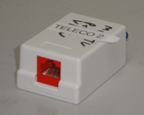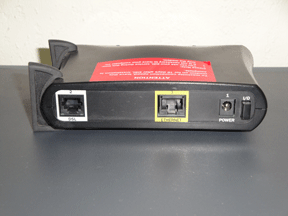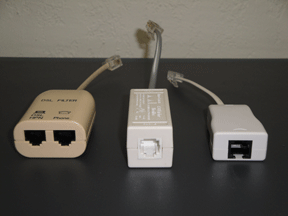Sometimes we are called by clients that report slow speeds on their Internet service. When we check the Internet service and find no errors most commonly the problem is usually an Ethernet problem cause by an Ethernet speed mismatch or an Ethernet duplex mismatch.
Most Ethernet switch ports are usually set to auto negotiation in the switch port configuration. Auto negotiation attempts to choose a speed and duplex for the Ethernet link between the two ports. For auto negotiation to work it must be set on both switch ports that are attempting to communicate with each other. It can not be set on just one side. Sometimes even thought you have auto negotiation set on both sides of a link it can still make an error in picking the correct speed or duplex of the Ethernet link between the two ports. When auto negotiation fails the links uses another process called parallel detection to choose the speed and duplex of the link. Parallel detection will usually cause the speed or duplex to be set different on both ends of the Ethernet link. The results will then be an Ethernet link that has errors and creates a slow connection.
The best solution is to hard code the speed and duplex of the Ethernet links that are critical in your network. Critical links would be the Ethernet links between you T1 router, T3 router, Ethernet Internet connection, Firewall and switches. Setting the speed and duplex on the critical links will ensure you will get the best Ethernet performance along your Ethernet path.
Check out www.hypersurf.com/ethernet.html

 Stumble Upon
Stumble Upon
 Del.icio.us
Del.icio.us
 Buzz
Buzz


